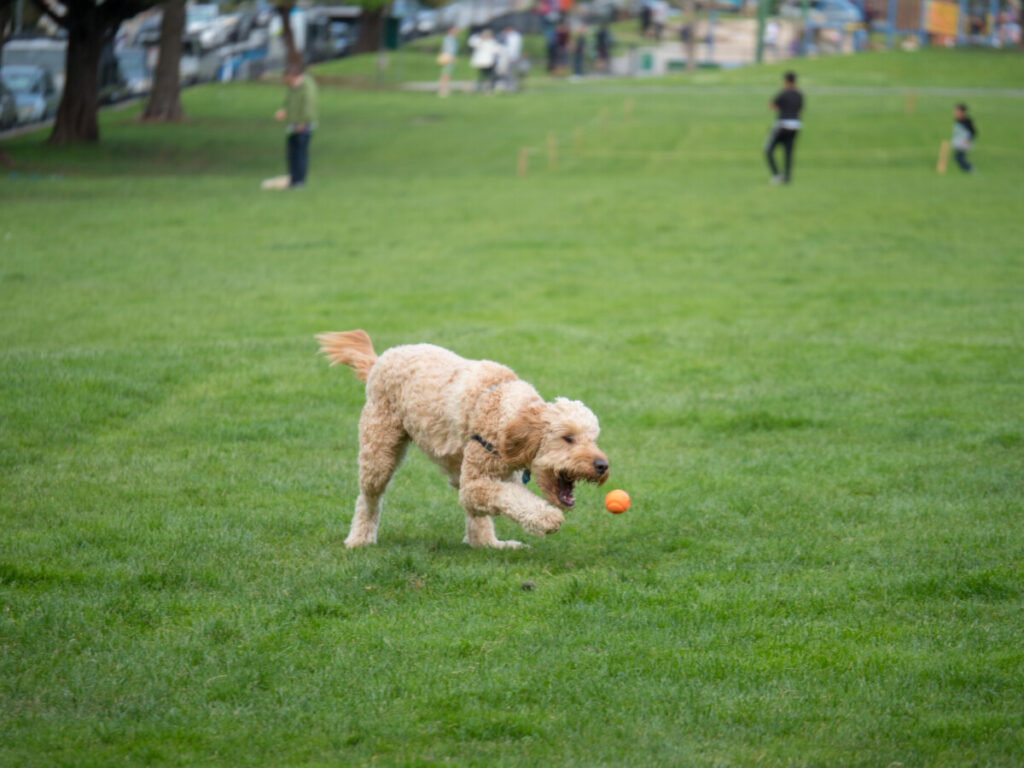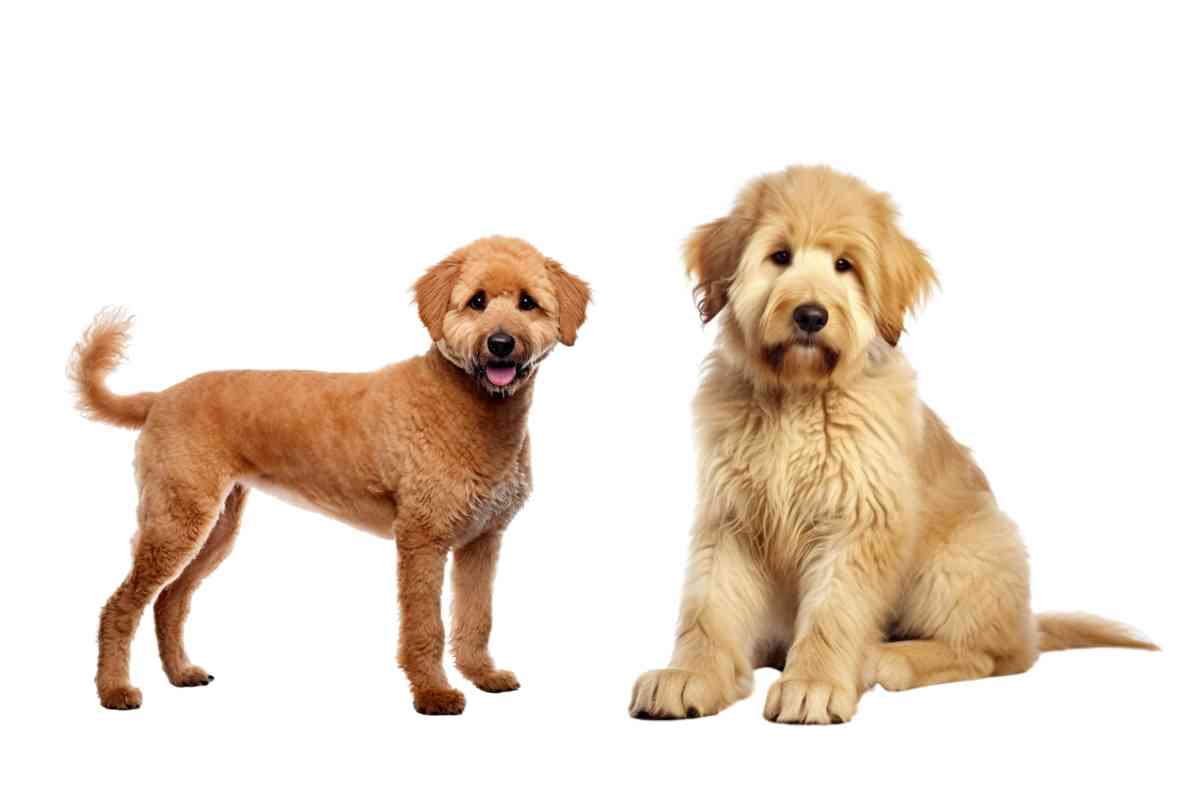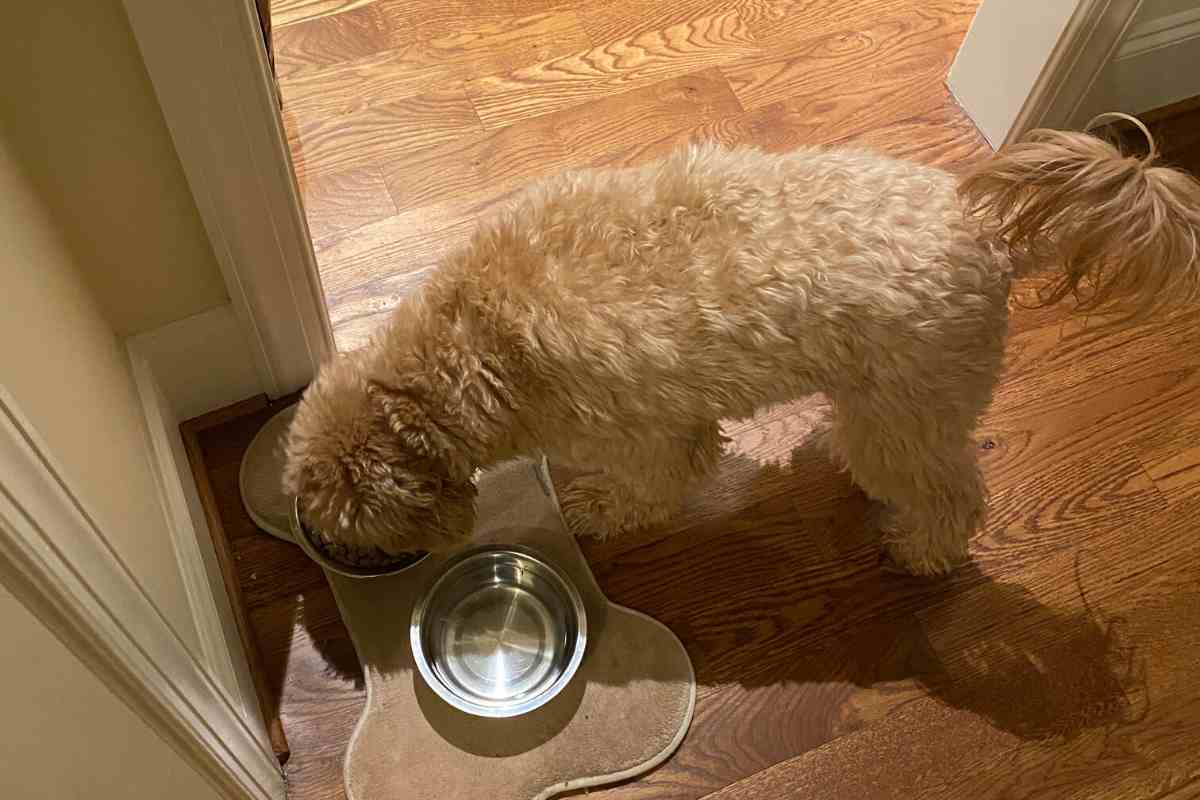F1B Goldendoodle Life Expectancy: Understanding Your Doodle’s Longevity
Life expectancy in dogs is an important consideration for prospective pet owners, as it influences the duration of the companionship and the level of care required throughout the pet’s life. The F1B Goldendoodle, a popular designer breed that represents a backcross in which an F1 Goldendoodle is bred with a Poodle, boast a relatively healthy genetic makeup that contributes to a longer lifespan when compared to many purebred dogs. The infusion of Poodle genes often enhances the breed’s hypoallergenic qualities and brings a robustness that may positively impact longevity.

When determining the life expectancy of an F1B Goldendoodle, one must consider various factors such as genetics, general health, and the level of care provided by the owner. These dogs typically benefit from the hybrid vigor associated with crossbred animals, which can lead to a hearty constitution and resistance to certain genetic ailments. With proper care that includes regular exercise, a balanced diet, and routine veterinary check-ups, F1B Goldendoodles generally enjoy a life expectancy of around 10 to 15 years, though some can live even longer with optimal care and good fortune.
Key Takeaways
- The F1B Goldendoodle is a crossbreed with a relatively long lifespan.
- Genetics and consistent, quality care contribute significantly to their health and longevity.
- Regular check-ups and a healthy lifestyle are crucial for maximizing the lifespan of F1B Goldendoodles.
Related Reading
Bookmark these articles for further reading.
Understanding the F1B Goldendoodle
As an expert on the F1B Goldendoodle, I’ll focus on the breed’s genetic makeup, its physical traits, and the temperament and behavior that distinguish this popular dog.
These elements are crucial for prospective owners and enthusiasts looking to fully comprehend the F1B Goldendoodle.
Genetic Background
The F1B Goldendoodle results from crossing an F1 Goldendoodle with a purebred Poodle, making them 75% Poodle and 25% Golden Retriever.
This genetic blend contributes to their hypoallergenic coat, making them a superb option for families with allergies. The Poodle’s lineage also brings intelligence and trainability to the F1B Goldendoodle.
Physical Characteristics
- Size: Ranges from miniature to standard, depending on Poodle parent’s size.
- Coat: Wavy to curly, with a low-shedding profile.
Their physique is often more Poodle-like, due to the higher percentage of Poodle genetics. The adorable looks of the F1B Goldendoodles are not only aesthetically pleasing but practical, boasting a reduced shedding coat that is preferable for indoor living.
Temperament and Behavior

F1B Goldendoodles display a blend of the best characteristics of Golden Retrievers and Poodles:
- Sociable and friendly
- Intelligent and amenable to training
Their temperament is often described as friendly, outgoing, and intelligent, much like their parent breeds. The F1B’s behavior is consistent with active family life, thriving on interaction and mental stimulation.
They are known for their loving nature and a personality that adapts well to different types of households.
Health and Life Expectancy
In considering the health and life expectancy of F1B Goldendoodles, it is essential to focus on their average lifespan, prevalent health issues, and strategies to enhance their longevity.
Average Lifespan
The lifespan of F1B Goldendoodles typically ranges from 10 to 15 years.
This estimate may vary depending on several factors, including genetics, diet, and level of care. Ensuring regular veterinary check-ups and maintaining a healthy lifestyle are crucial for their longevity.

Common Health Issues
F1B Goldendoodles may be susceptible to certain inherited conditions, much like their parent breeds. Here’s a brief list of possible health concerns:
- Hip dysplasia
- Elbow dysplasia
- Genetic eye diseases
- Heart disorders
Vigilance for symptoms and preventative measures, such as appropriate exercise and weight management, can mitigate these risks.
Maximizing Longevity
To potentially extend the life of an F1B Goldendoodle, consider the following points:
- Nutrition: A balanced diet tailored to their size, age, and activity level.
- Exercise: Regular physical activity to maintain a healthy weight and support joint health.
- Preventative Care: Routine veterinary visits for early detection and management of any health issues.
- Dental Hygiene: Regular dental care to prevent oral diseases, which can affect overall health.
Adhering to these guidelines can contribute to a higher quality of life and may increase life expectancy for an F1B Goldendoodle.
Care and Maintenance
Proper care and maintenance are crucial for an F1B Goldendoodle’s health and longevity.
I’ll guide you through their nutritional needs, exercise requirements, and grooming practices to ensure a happy, healthy life for your furry companion.
Nutritional Needs
F1B Goldendoodles thrive on a balanced diet rich in proteins, fats, and carbohydrates. I advise feeding them high-quality dog food formulated for their size, activity level, and age. A typical feeding schedule might look like this:
- Puppies (2-6 months): 3-4 meals per day
- Adults (1 year and older): 2 meals per day
The exact portion size varies, so it’s best to consult a veterinarian for tailored advice.

Learn More: Read about Goldendoodles that are picky eaters!
Exercise Requirements
For these energetic dogs, daily exercise is essential.
I recommend at least 30 to 60 minutes of physical activity each day for an F1B Goldendoodle to maintain optimal health.
Exercise can be broken down as follows:
- Morning: A brisk 20-minute walk
- Afternoon: Playtime in the yard or a dog park
- Evening: A shorter, relaxing walk
Consistent exercise helps prevent obesity and keeps their mind stimulated.
Learn More: Excercise needs of Goldendoodles
Grooming and Hygiene
Regular grooming is indispensable for an F1B Goldendoodle. Their curly coat requires attention to prevent matting and tangling. Here’s a simple grooming regimen:
- Brushing: Daily with a slicker brush to remove loose fur and debris
- Bathing: Monthly, or as needed, using a mild dog shampoo
- Ear Cleaning: Weekly, to minimize the risk of infections
- Nail Trimming: Every 4-6 weeks, or when you hear their nails clicking on the floor
Learn More: When To Do A Goldendoodle’s First Haircut + These are my must own brushes!
Mindful grooming practices contribute to their overall well-being and can enhance the bond between you and your pet.